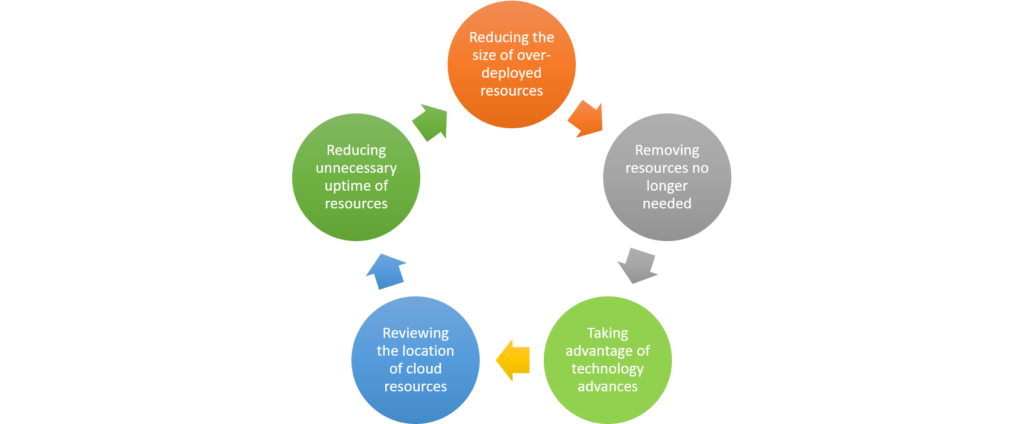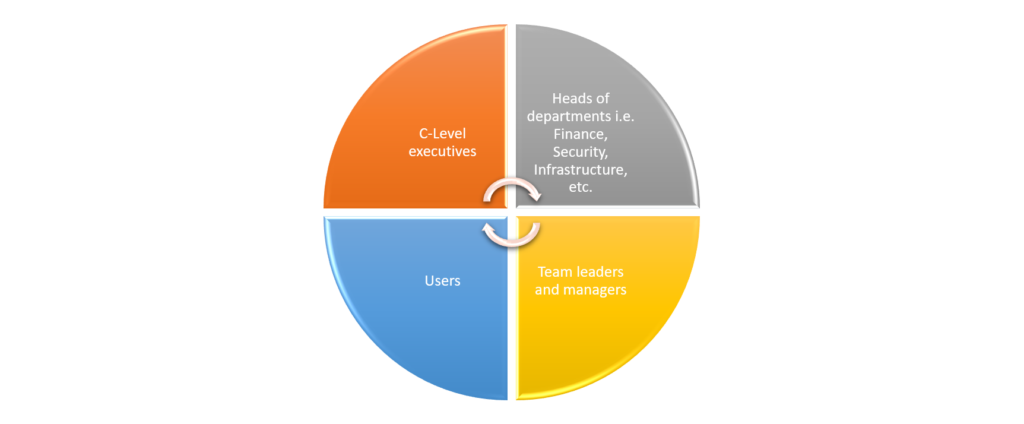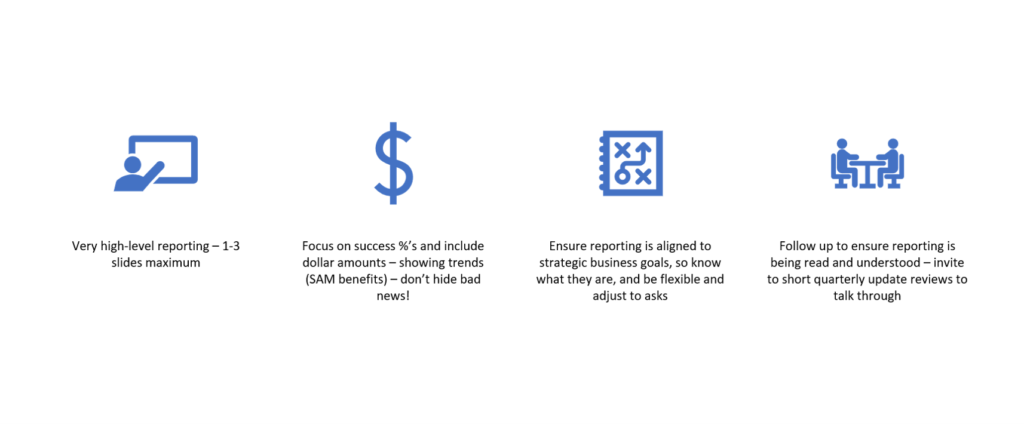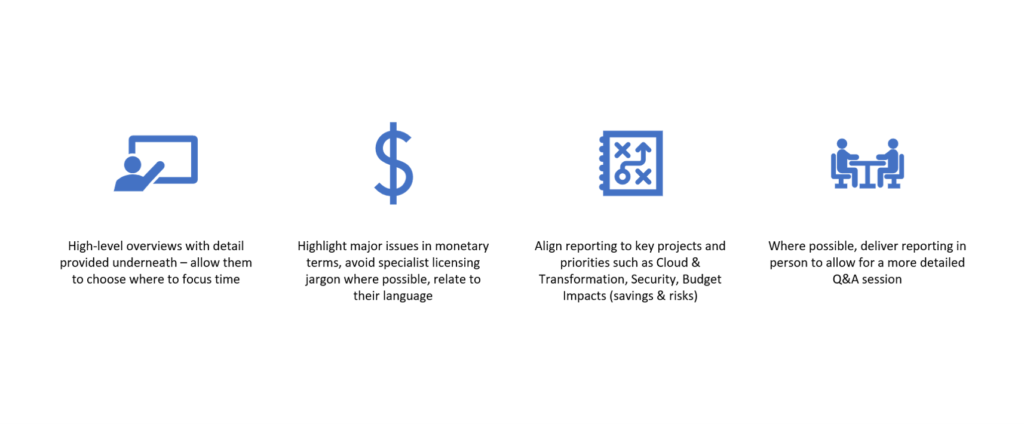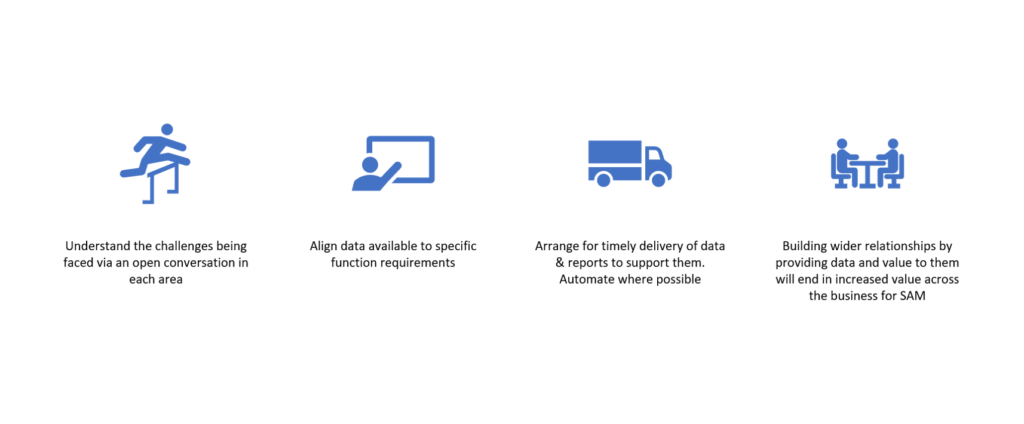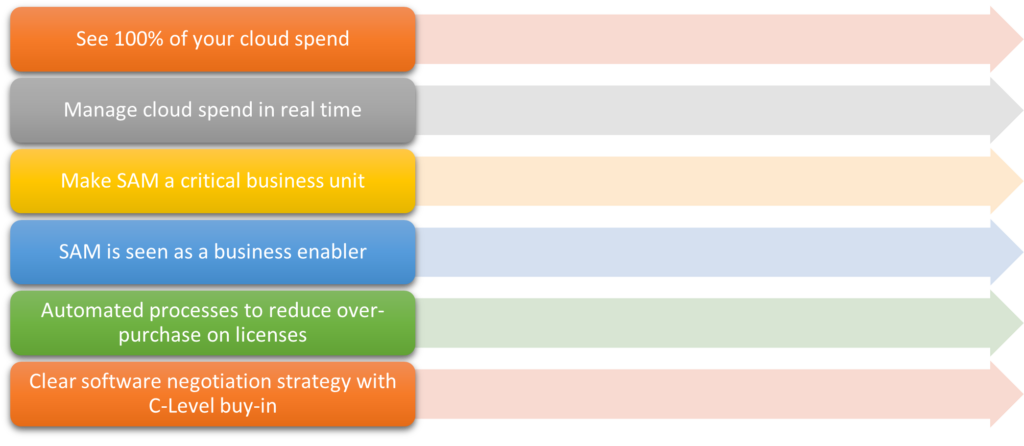Strategies to raise your ITAM maturity
This article “Strategies to raise your ITAM maturity” was written by Rich Gibbons, ITAM Review with Antony Attfield and Dan Ortman, SoftwareOne.

Image by Free-Photos from Pixabay
IT Asset Management (ITAM) has historically focused on software license compliance, although ITAM teams offer so much more to organizations beyond simply compliance. ITAM professionals have typically worked in the shadows, however market forces have recently thrust ITAM into the spotlight. We want to share some strategies to raise your ITAM maturity as we move forward.
COVID-19 has presented both challenges and opportunities for all organizations. Companies were forced to deploy remote workplaces essentially overnight and keep those remote situations efficient and secure over the long term. This has brought a new level of attention to IT functions.
The other factor brought to the fore was cost reduction. At all organizations, regardless of size, it’s become vital to reduce costs and there are several opportunities where ITAM can show tactical value by cutting costs, also enabling ITAM to become involved at a more strategic level. By being proactively involved in cloud decisions, ITAM professionals can stop their businesses from wasting money in the first place, rather than only reducing it later.
In this article we cover both short-term tactical and long-term strategic situations and offer a timeline of activities and outcomes. We’ve broken down the necessary actions you can take to make your efforts shine down into:
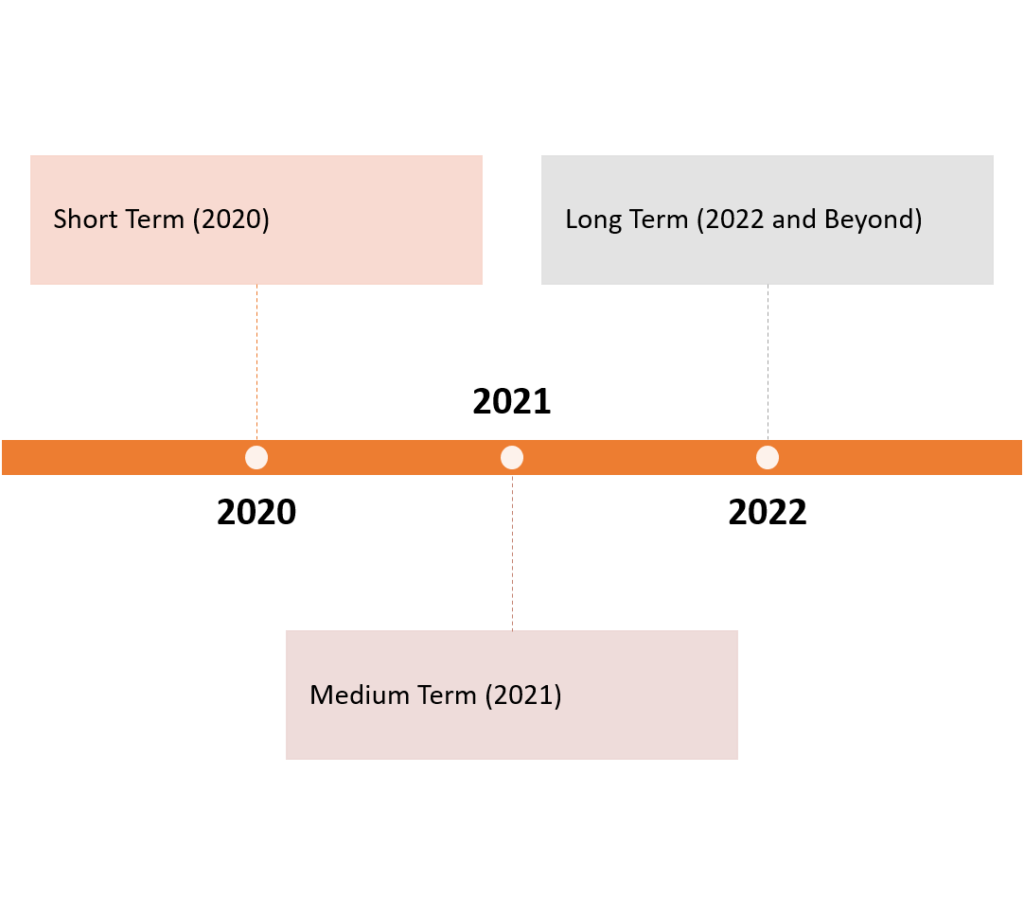
Short Term
Cloud Control
Cloud is multifaceted. For example, SaaS and IaaS – although both “cloud” – present different challenges and opportunities, and require different tactics and approaches.
SaaS
SaaS involves understanding your user base; asking questions like “what products – and features – do they need in order to do their jobs well?” as well as managing renewals.
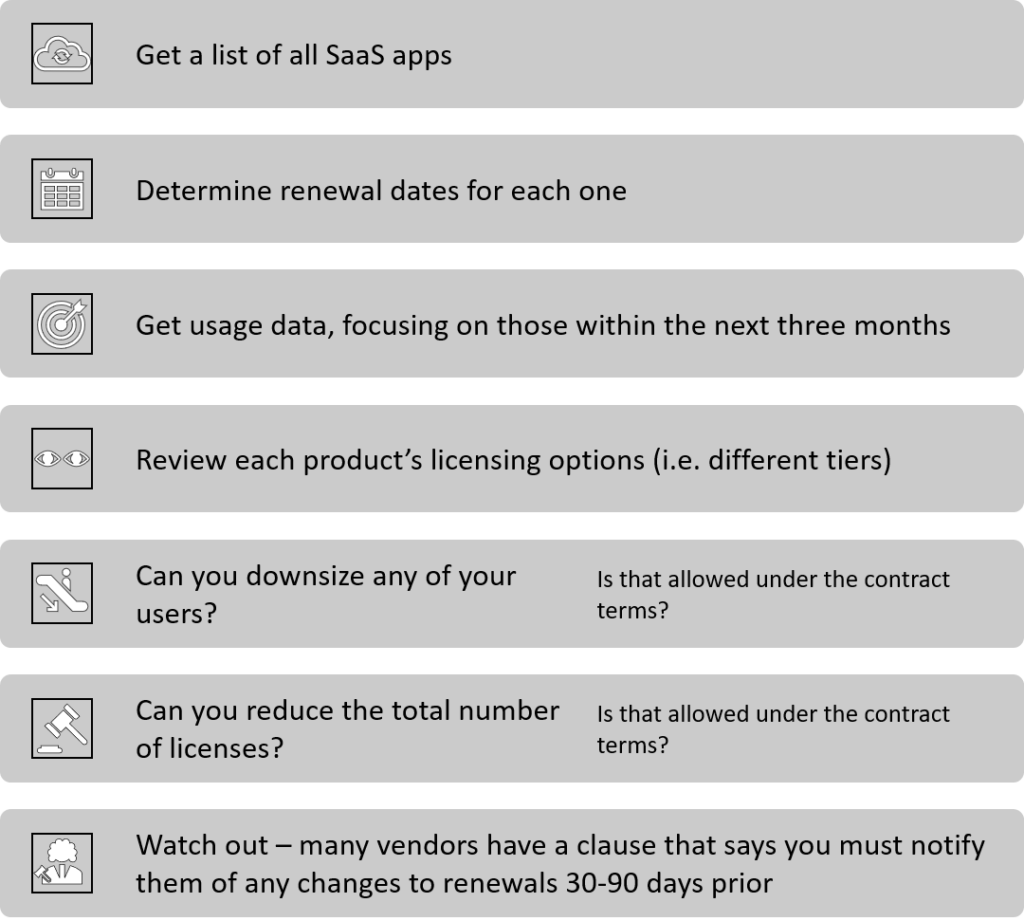
Ask yourself – are there steps in the process you can’t do? Perhaps you’re not able to discover all your SaaS apps or maybe you don’t have insights to see how they’re being used? If that’s the case, a tool or managed service might be required.
Tip: Estimate the potential savings and use that to balance out the tool/service costs.
IaaS
There are a myriad different ways to take control and reduce costs in the public cloud, many of which can be split into “right-costing” and “right-sizing”.
Right-Costing
This involves looking at how you can be more efficient when spending money on the cloud at a commercial or licensing level. The first port of call is to ensure you’re taking advantage of the various mechanisms available to you, including:
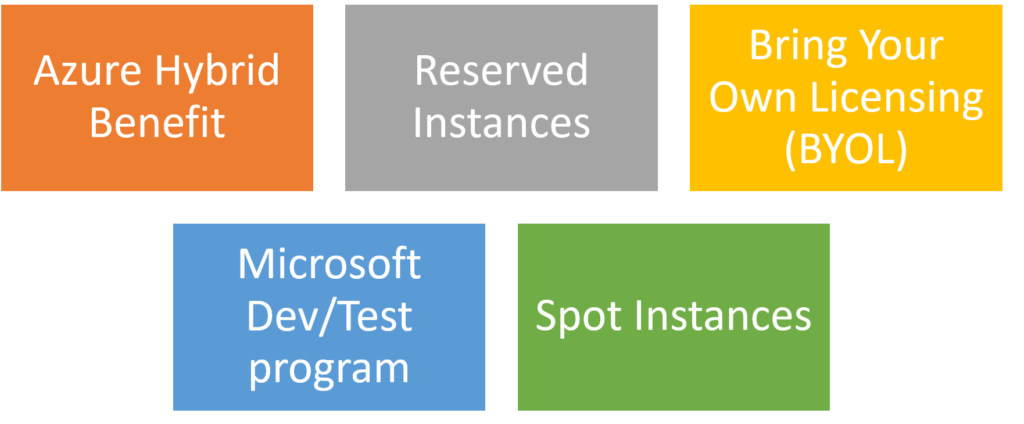
Right-Sizing
These methods are centred more around optimizing the technical environment and include techniques such as:
Tactical: Many of these strategies, both right-costing and right-sizing, can be applied to existing cloud environments reducing current spending levels quickly.
Strategic: Create policies and procedures to ensure these techniques are used across the organization for all future cloud deployments.
Process Assessment
This is another short-term objective that will help you get started. However, making this part of your ongoing process to continually review your maturity will pay dividends in the long-term too.
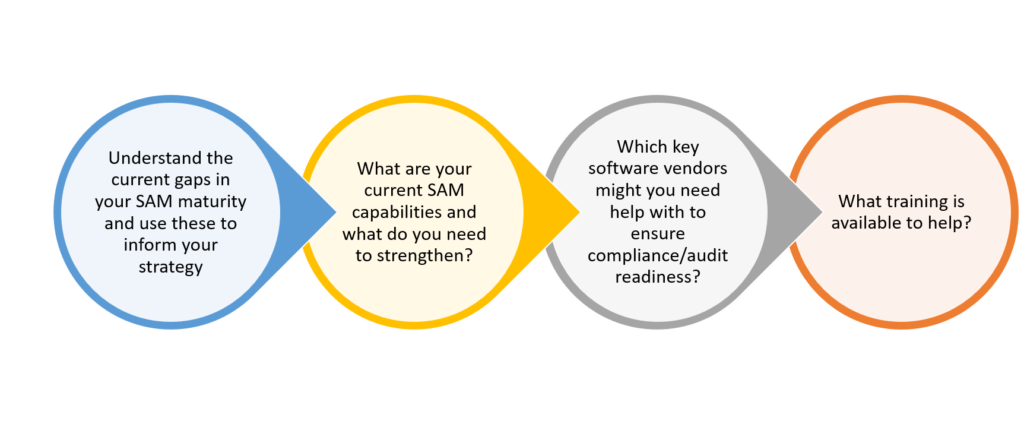
Tip: Make sure to align these with the goals of your organization. How will increase SAM maturity help your business achieve its goals? Use our ITAM maturity assessment to get an understanding of where you are right now.
Identify saving initiatives
Where might you be able to reduce costs – too many licenses or over-configured cloud instances for example, how quickly can it be achieved – at the next renewal or immediately, and what resources are necessary – procurement, cloud infrastructure team etc.?
Renewal tracking
Applying the earlier SaaS methodology to on-premises subscription software and support is a great way to identify further cost savings. In the short term, the activity is to focus on gathering the contracts and identifying the renewal dates, costs and any clauses for auto renewals or timeframes to make changes to the contract. Centralizing all of this data into one place makes it easier to prioritize your activities in the medium term (throughout 2021).
Medium Term
Ongoing renewal management
While this is a good source of short-term wins, having a solid, company-wide renewal management procedure is also key to long-term savings and maturity growth.
Stakeholder engagement is crucial – not all renewals come through IT anymore so you will need to work with other teams and departments to understand current and future needs and also to ensure they follow the correct processes if they procure for themselves.
Tip: Try to consolidate/co-terminate agreements where possible – look for vendors’ year ends to maximize your negotiation power!
A 10% average savings across Tier 2 and Tier 3 software is a reasonable expectation which, depending on your software spend, could be a considerable amount!
Contract optimisation
Negotiating with vendors is often a worthwhile endeavour, enabling you to get better discounts and/or special terms that suit your business well.
You, and your business, need to understand three things:
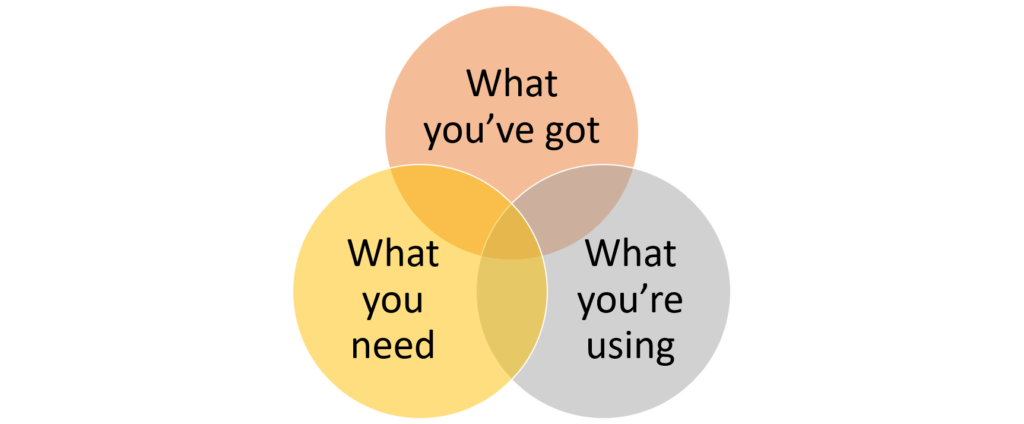
What you’ve got: This is based on solid discovery and inventory, coupled with a clear picture of your license entitlements.
What you’re using: This is based on data from portals and tools, showing utilization of the current software.
What you need: This is based on discussions horizontally and vertically throughout the business. These key stakeholders should include:
Get a clear picture of what is needed – not just now and next year – but in three years and five years.Once you have a clear picture of your environment, your future roadmap, and your needs (and wants) – you, or perhaps more likely your procurement team, are nearly ready to talk to the vendor.
The final thing you must do is understand their roadmap and requirements. What is their future direction and how does it align with yours? What are their needs and wants and how similar, or different, are they to yours?
Tip: If possible, understand how similar situations for similar organizations have gone. What did/didn’t work well for other organizations like yours?
Having all this information will enable you to be clear in your negotiations. Remember, if the vendor is truly a partner for your business – then this doesn’t need to be a win/lose situation. The best result is a win/win where you and the vendor are happy and can work together to achieve your goals over the coming years. A 30% saving on Tier 1 vendors is common if the above process is followed, and you have good interactions within the different stakeholders within your business.
Trustworthy Data
As evidenced by the above, having good, accurate data is key to so many things. This is a combination of:
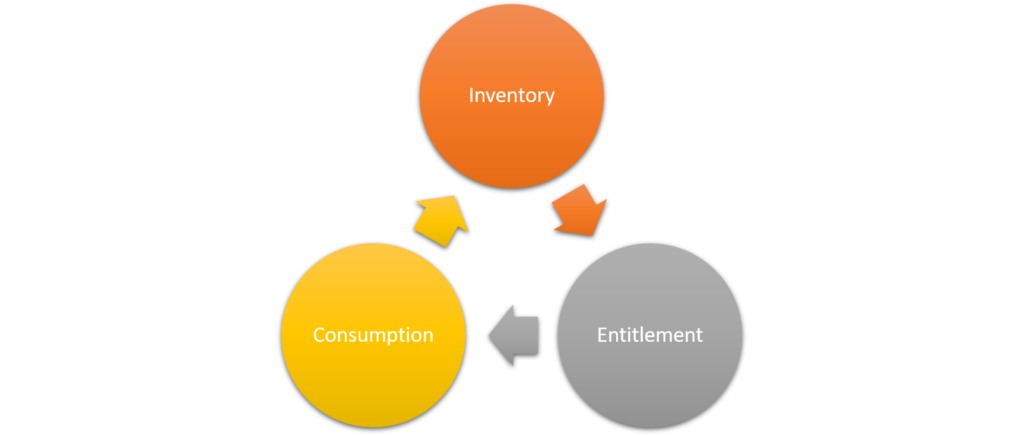
Stakeholder Engagement
We’ve already touched on this, but it is such a key element to a successful ITAM practice that it definitely requires its own section.
Learn and understand what matters to them and how to talk to them – literally and metaphorically. Let’s look at a few examples:
Executive Sponsor
Dept. lead/Product Owner
Support Function Owner
Long Term
Goals for your long-term plan should include:
Conclusion
Take advantage of the situation presented by 2020 and use it as an opportunity to help further the cause of ITAM and SAM. Showing the art of the possible, and the business benefits of a strong ITAM function, can help you and your team show everyone why ITAM is a key business unit. The increased internal recognition will help ITAM become a key part of the organisation and help raise your profile too.
A Software Lifecycle Management plan can help you prioritise and execute all these actions in the short, medium, and long term. Demonstrating that you can identify and align to corporate objectives, deliver cost savings with a (close to) immediate impact, and that you can help shape the organisation’s digital transformation and future strategy will put you in a great place as technology continues to change and grow.
Further Reading
See more from SoftwareOne here
Related articles:
About Rich Gibbons
A Northerner renowned for his shirts, Rich is a big Hip-Hop head, and loves travel, football in general (specifically MUFC), baseball, Marvel, and reading as many books as possible. Finding ways to combine all of these with ITAM & software licensing is always fun!
Connect with Rich on Twitter or LinkedIn.

